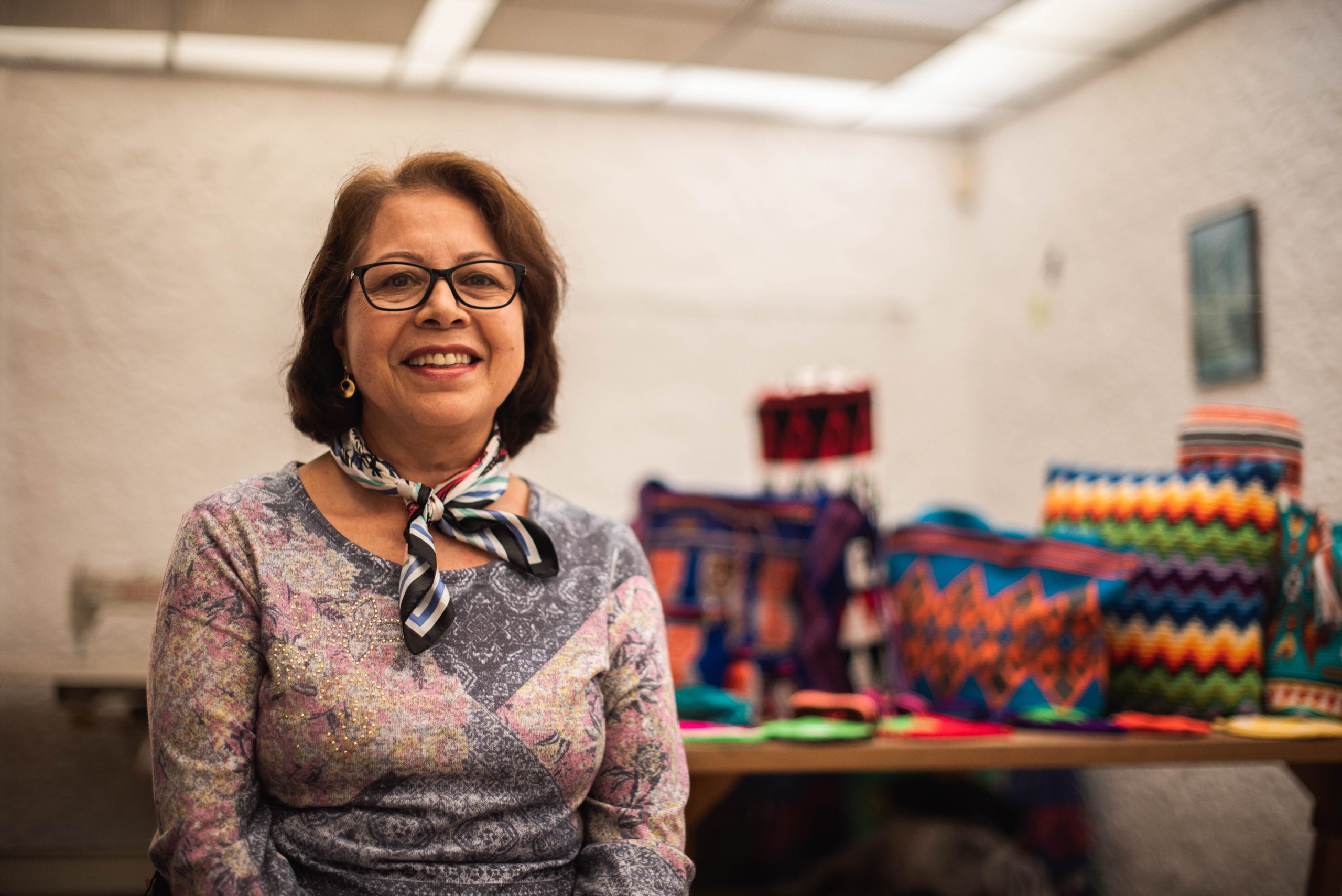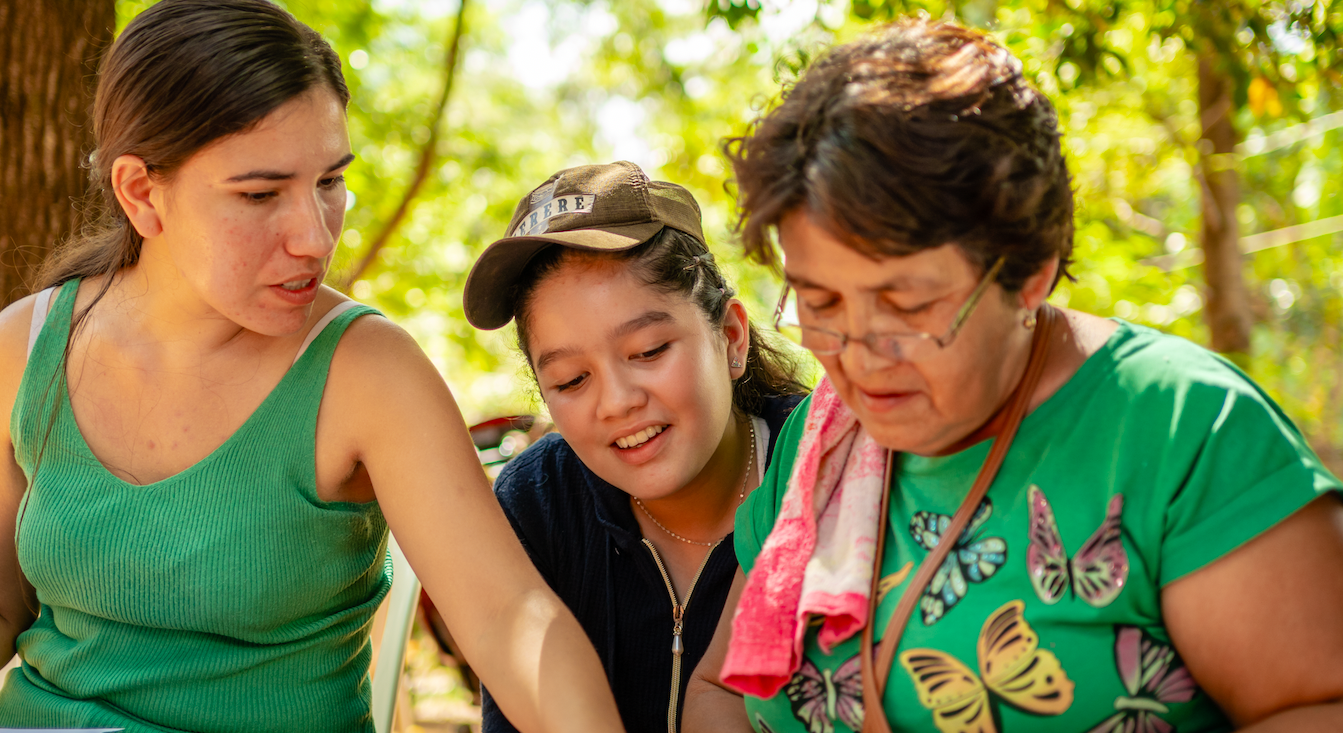Written by: Tatiana Rincón, Head of Gender, Social Protection, and Livelihoods at Fundación Capital
Removing deep-rooted and structural barriers
In the economic inclusion space, we’ve often focused on supporting women to start and strengthen their small businesses as a pathway out of poverty. However, around the world, most people who have managed to overcome extreme poverty have done so by gaining access to steady, formal jobs.
Moreover, women face two stark realities: they are not only the poorest of the poor, but in Latin America, their unemployment rate is often double that of men. Among the many reasons for this disparity is the fact that women face additional barriers both to entering and staying in the workforce.
With support from Co-Impact, at Fundación Capital we designed and implemented an innovative Graduation-to-Employment program in three Colombian cities—Cartagena, Santa Marta, and Barranquilla—to connect 300 women, most of them female heads of household, to formal employment. The goal was not only to support them in their job search, but also to remove the deep-rooted and structural barriers that prevent access to dignified, stable jobs.
Here are three key takeaways from our journey
1. Overcoming Invisible Barriers Requires More Than a Job Offer
Accessing formal employment isn't simply about connecting women to job vacancies. It means addressing the structural, gender, economic, and cultural barriers that prevent them from applying to and staying in those jobs. Many of these barriers are invisible or overlooked: the burden of unpaid care work, the fear and cultural stigma of leaving children in someone else's care, the costs of transportation and clothing to attend interviews, long commutes, and poor connectivity.
To tackle these challenges, we incorporated targeted cash transfers to ease key pressure points:
- A cash transfer to cover transportation and job search-related costs
- A childcare incentive for those who secured employment, to support the transition into work
- A connectivity transfer to facilitate digital access and remote job search
Still, money wasn’t the only issue. Many participants—especially those out of the workforce for years—faced emotional hurdles like low confidence, fear of failure, and the sense that formal work was out of reach. Building self-trust and determination became just as critical as any technical training. For these women, formal employment was not just a financial step—it was a personal transformation.
2. The Private Sector Must Be a Co-Designer, Not Just a Recruiter
Traditional employment programs often prepare women for hypothetical jobs. We wanted to prepare them for real ones—and that meant engaging employers from the start.
We partnered with organizations such as Fundación Arcos Dorados, which co-facilitated training sessions and offered mock interviews. Companies didn’t just hire— they helped design the content, ensuring that participants developed the skills, language, and understanding needed to succeed in their specific sectors.
This collaboration was more than symbolic. It bridged the gap between preparation and placement—and showed us that inclusive employment solutions must include employers as co-designers.
3. Technology and AI Can Be Equalizers—If We Invest in Digital Inclusion
At the beginning of the program, digital tools felt like a barrier. Many women lacked digital literacy or had limited internet access. But over time, these tools became gateways to opportunity—enabling job searches and virtual coaching.
Looking ahead, we’re excited about the potential of AI tools to further support these journeys—for example, in future iterations we expect to generate tailored résumés for women without formal education or professional references.
Digital and AI tools, when used intentionally, can level the playing field and help women become more autonomous and confident in their job search processes.
Final Reflection
Creating inclusive employment pathways for women in poverty requires more than job placement—it demands a shift in how we design, deliver, and sustain support.
First, we must address the invisible and structural barriers that hinder women’s participation in the labor market, including caregiving responsibilities, safety concerns, and social norms. Second, we need to bring the private sector into the solution from the outset—not just to hire, but to shape the learning journey and ensure relevance. And third, we must invest in digital and AI tools that can unlock access and autonomy for women navigating the formal job market.
At Fundación Capital, we’re committed to continuing this work—building programs that don’t just connect women to jobs, but that support them to stay, thrive, and lead in formal employment.
This article was originally published on LinkedIn.
To learn more about our initiatives, follow us, reach out, and share.


